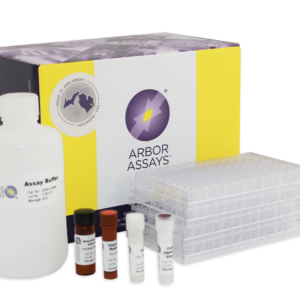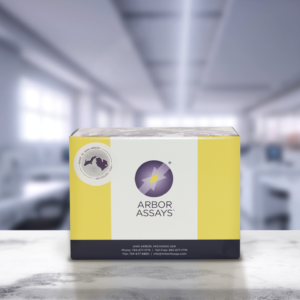Glutathione—Mediator of Oxidative Stress

Stress at the Cellular Level
Cells maintain an equilibrium of molecular oxygen and various antioxidants. An imbalance of reactive oxygen species (ROS), which form as reaction intermediates in normal aerobic life, can lead to cell toxicity. Excess oxygen radicals can overwhelm the antioxidant capacity leading to oxidation of macromolecules such as lipids, proteins, and DNA. This resulting damage or “oxidative stress” is associated with a number of cellular dysfunctions and disease.
Glutathione to the Rescue
Cells produce glutathione as an antioxidant to help resist oxidative stress. Glutathione exists in a ratio of reduced (GSH) and oxidized forms (GSSG) to maintain homeostasis. In normal cells, more than 90% of glutathione is in the reduced form (GSH). An increased GSSG-to-GSH ratio indicates oxidative stress.1 Glutathione reductase (GR) helps maintain glutathione in the reduced form while glutathione S-transferase (GST) conjugates reduced glutathione (GSH) to a variety of substrates for detoxification.
Glutathione Assay Kits
Measuring glutathione (GSH), glutathione reductase (GR), and glutathione S-transferase (GST) can help assess oxidative stress status of an organism and the potential for downstream oxidative damage. Arbor Assays offers glutathione related assay kits for rapid quantitation of GSH, GSSG, and GR for an accurate assessment of oxidative status in a variety of sample types. Check out our collection of Oxidative Stress assays to learn more.
1 Halprin KM, Ohkawara A (1967). “The measurement of glutathione in human epidermis using glutathione reductase”. The Journal of Investigative Dermatology. 48 (2): 149–52. doi:10.1038/jid.1967.24. PMID 6020678.
Featured Products
-
In Stock
Glutathione (GSH) Colorimetric Detection Kit
$446.00The DetectX® Glutathione (GSH) Detection Assay Kits allow for convenient, rapid, and easy quantitation of both GSH and GSSG for an accurate measurement of cellular oxidative status in a variety of sample types.
-
In Stock
Glutathione (GSH) Fluorescent Detection Kit
$425.00 – $1,702.00The DetectX® Glutathione (GSH) Fluorescent Detection Kit utilizes a proprietary non-fluorescent molecule, ThioStar®, that covalently binds to the free thiol group on GSH to yield a highly fluorescent product.
-
In Stock
Glutathione Reductase (GR) Fluorescent Activity Kit
$433.00The DetectX® Glutathione Reductase (GR) Fluorescent Activity Kit determines GR activity by the amount of GSH generated from the reduction of GSSG to yield a highly fluorescent product.



